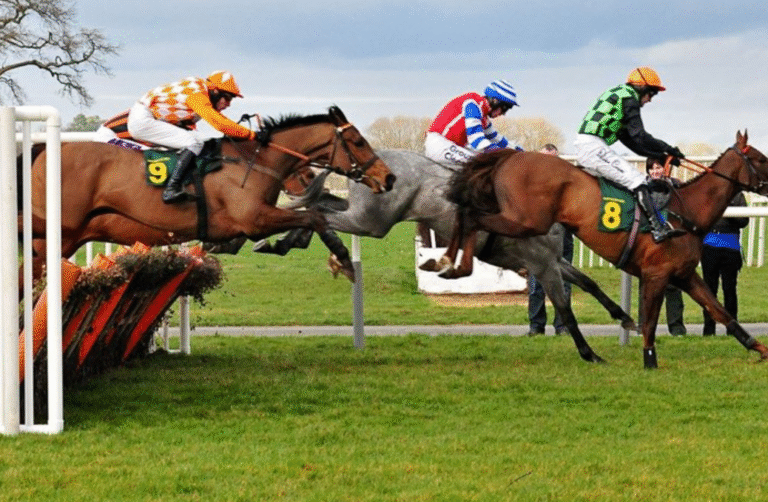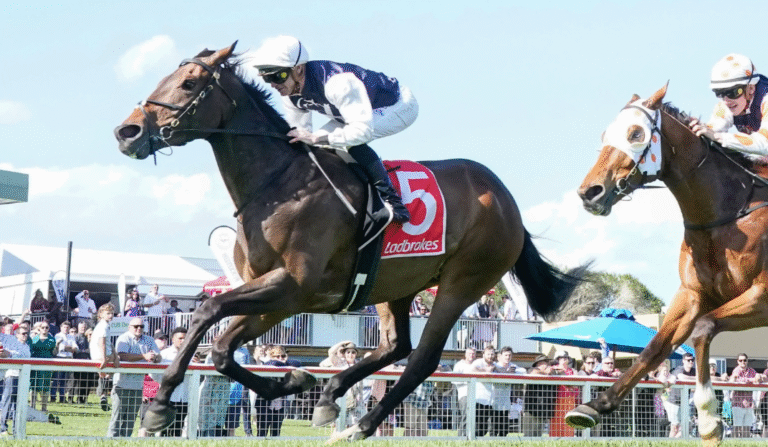What Are the Different Horse Racing Track Surfaces, and How Do They Affect Performance?

Horse racing tracks vary in surface types, each influencing a horse’s performance in distinct ways. Dirt tracks provide dynamic conditions that can change with maintenance, while turf tracks offer a visually appealing challenge impacted by weather. Synthetic surfaces aim for consistency and safety, reshaping traditional training and racing strategies. Understanding these differences is crucial for predicting outcomes and optimizing preparations. What factors should trainers consider when selecting the ideal surface for their horses?
Dirt Tracks: Characteristics and Performance Impact
As horse racing continues to evolve, understanding the characteristics and performance impacts of dirt tracks becomes increasingly essential for trainers, jockeys, and fans alike.
Proper dirt track maintenance influences speed and safety, while effective horse shoeing techniques optimize traction and reduce injury risk.
The interplay of these elements significantly affects race outcomes, making it crucial for all involved to adapt to the unique demands of dirt surfaces.
See also: Understanding the Role of Horse Racing Stewards and Officials
Turf Tracks: Advantages and Challenges
While many horse racing enthusiasts appreciate the aesthetic appeal of turf tracks, the advantages and challenges they present play a crucial role in the sport’s dynamics.
Turf maintenance is essential for optimal performance, as grass quality directly impacts speed and footing.
However, weather effects can drastically alter track conditions, making it both a beautiful and unpredictable surface for racing.
Synthetic Surfaces: The New Standard
Synthetic surfaces have emerged as a revolutionary advancement in horse racing, offering a reliable alternative to traditional dirt and turf tracks.
These surfaces provide numerous synthetic benefits, including enhanced safety and consistent performance under varying weather conditions.
Additionally, their lower surface maintenance needs make them appealing to track owners.
As the industry evolves, synthetic surfaces are increasingly viewed as the new standard in horse racing.
Comparing Track Surfaces: Speed, Stamina, and Strategy
How do different track surfaces influence the performance of racehorses?
Track conditions and surface variations significantly impact speed, stamina, and strategy.
Horses may excel on firm, fast tracks, while others thrive on softer, yielding surfaces that require endurance.
Understanding these dynamics allows trainers to devise tailored strategies, optimizing their horse’s capabilities according to the specific characteristics of each racecourse.
Conclusion
In conclusion, the choice of racing surface plays a pivotal role in determining horse performance and race strategy. For instance, a horse like American Pharoah thrived on dirt tracks, showcasing exceptional speed and stamina, while a turf specialist may struggle on such surfaces. Understanding these dynamics enables trainers and bettors alike to make informed decisions, highlighting the importance of adapting strategies to each track’s unique characteristics for optimal results in the competitive world of horse racing.


